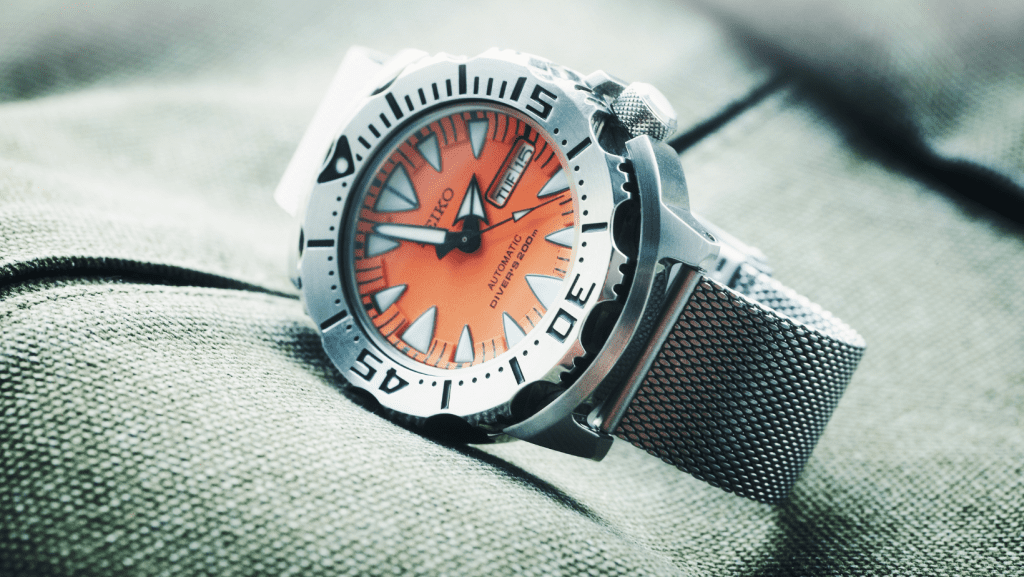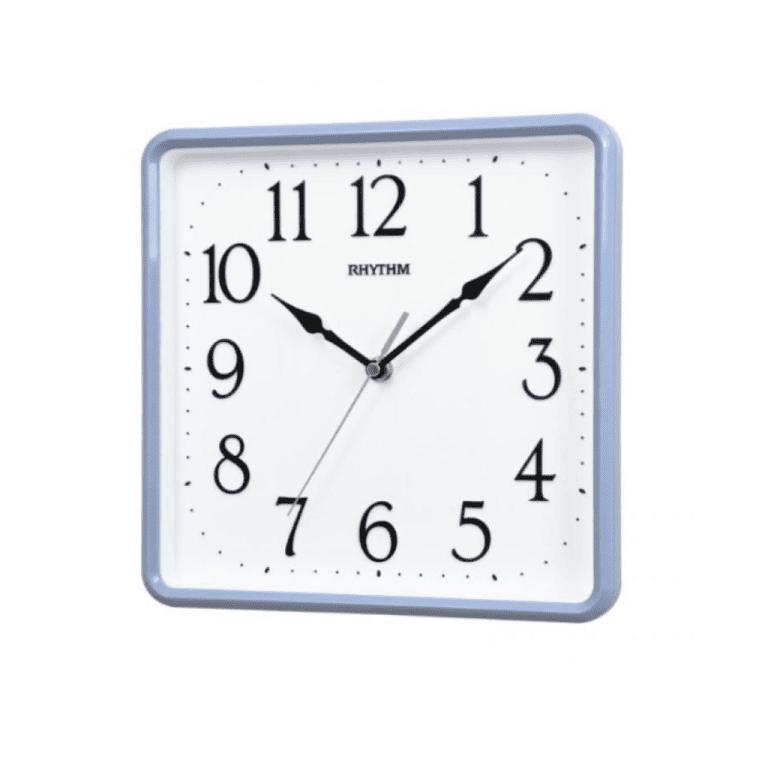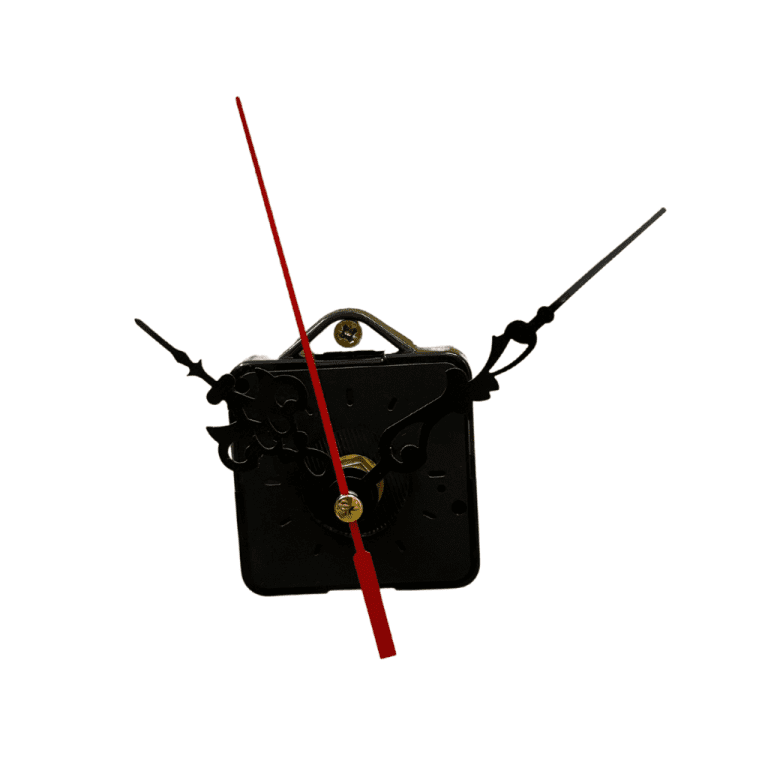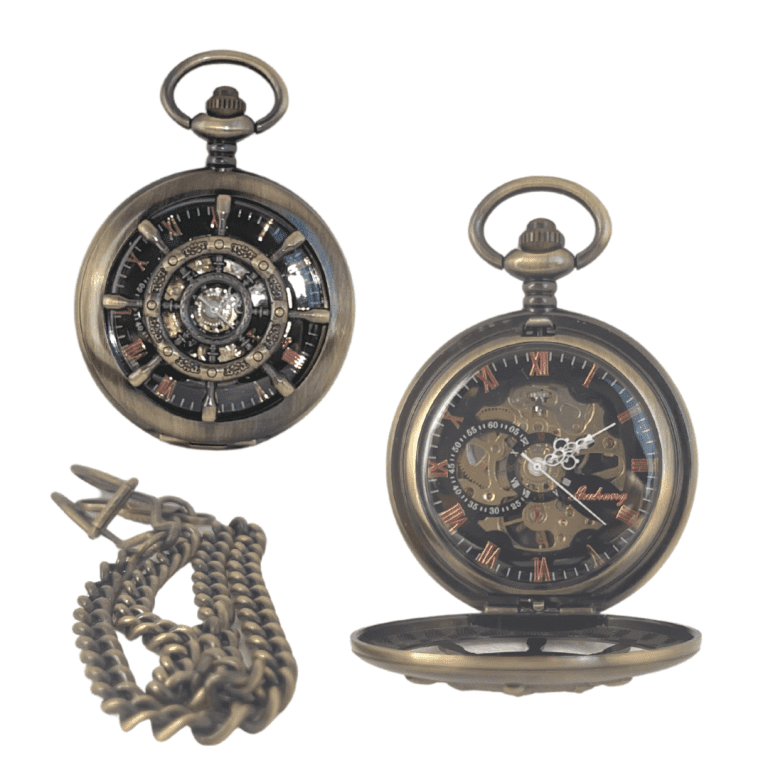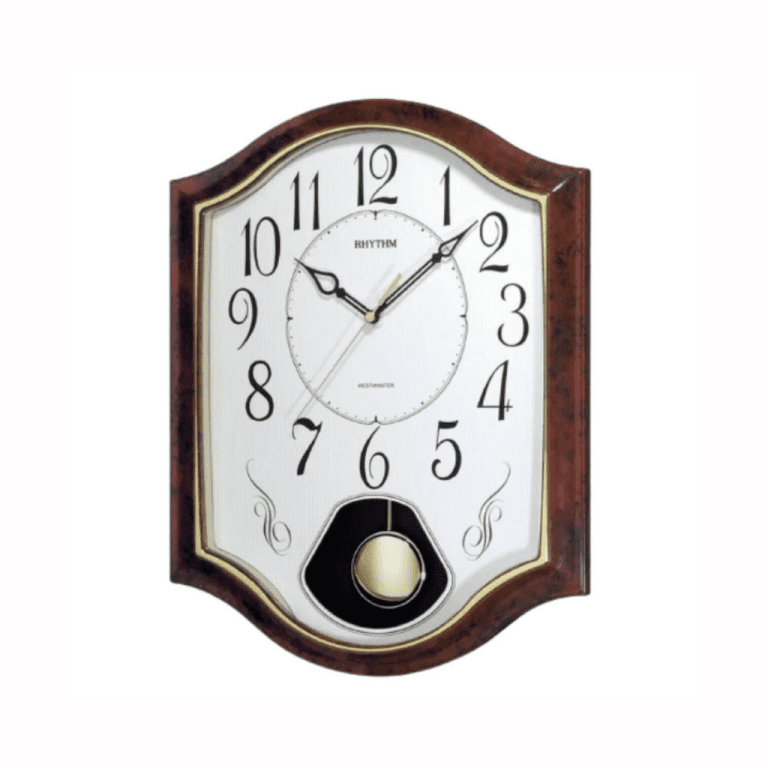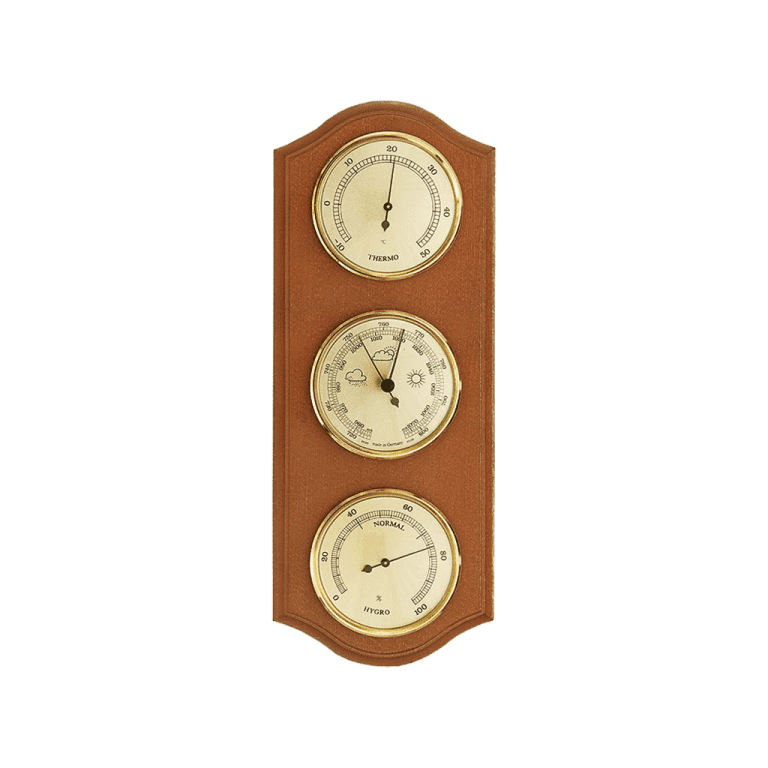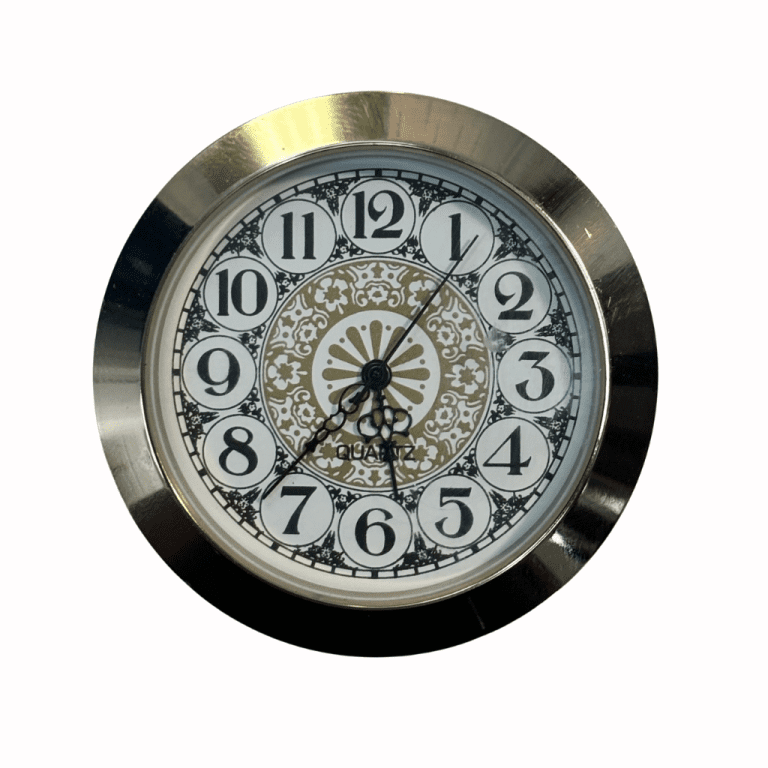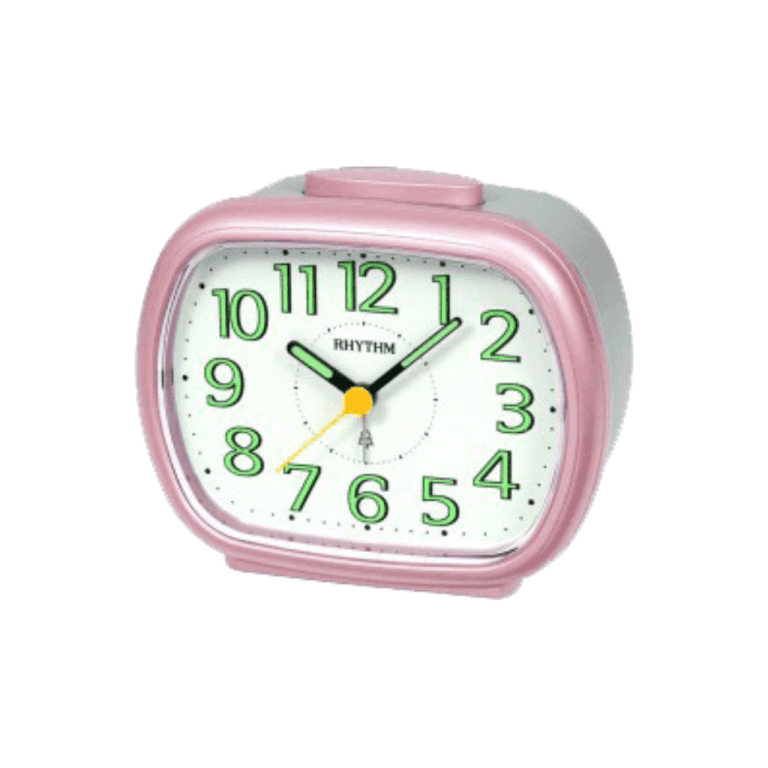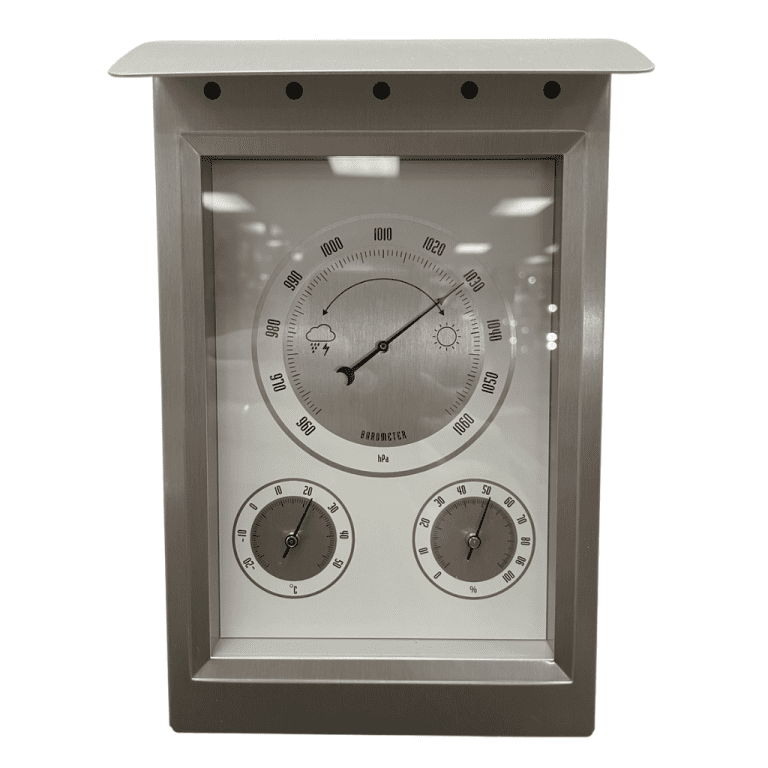Nowadays, a wristwatch is one of the most widely-used time-keeping devices. Just about everyone has one or more watches or has taken one look at his/her wrist to know exactly what time it is. But do you know that a watch smiles at you when you buy one? And do you know why men started wearing wristwatches in the past? Read all about it here!
Why men started to wear watches
The first wristwatches were worn by women. They were worn as a fashion accessory rather than to keep track of time. They were marketed as bracelets for women. Men were more likely to use a pocket watch to tell the time.
During World War 1, wristwatches became more and more popular as soldiers started to wear them instead of a pocket watch. During the heat of battle and to start attacks exactly on time, it was easier to have a quick look at the wrist than to dig out a pocket watch.
Today’s watches not only serve as a timepiece or as a fashion accessory, but they can also serve to make phone calls and to pay.
Why watch sellers make your watch smile
The term “Happy Time” is used to sell watches. New analogue watches are displayed in the shops with the hands on 10 minutes past 10 o’clock or 10 minutes to two o’clock. It looks like they are smiling at you, making you more eager to buy them.
But watches are also set on 10 after 10 (or 10 before 2) for the following reasons:
- The hands do not overlap.
- The logo or brand is usually in the middle of the dial. By setting the hands at 10 after 10 (or 10 before 2), the logo is perfectly visible.
- Other elements on the dial are often at the three, the six or the nine. Think for example of the date indication or other small dials.
In the past, some brands had their hands at 8:20. It turned out that this gave the dial a sad ‘face’.
If the watch isn’t set on 10 after 10 or 10 before 2 and it already works at the time of purchase, it is possible that the battery is no longer new.
Other interesting watch facts
- A pair of jeans has a small pocket above the pocket. This was used to store a pocket watch.
- The 1st waterproof watch was made in 1926. Watch sellers exposed this watch in a bowl full of water to prove that the watch was indeed waterproof. You can test if your watch is waterproof by rubbing gently an ice cube over your watch. If a light fog on the inner side of the glass appears, your watch isn’t waterproof anymore.
- Most people wear their watch on the other arm than the one they use to write with. This is because your writing hand is constantly sliding over different surfaces and can scratch your watch or watch strap faster.
- The date mechanism of an analogue watch should not move between 21:00 and 03:00. In this period of time the mechanism of the watch usually moves the date itself.

